Biodiversity is Biosecurity
Biodiversity is biosecurity. I first heard this phrase in a talk by mycologist and entrepreneur Paul Stamets. It eloquently sums up the importance of species richness on Earth. Yet most people in the western world still do not understand what this means. As the UN Biodiversity Conference in Colombia has just ended, it seems timely to dive deeper into why biodiversity is crucial for local, regional, national and planetary security.
First off, why do we need a COP on biodiversity? The species richness on our planet has plummeted since the onset of the industrial revolution. Humanity’s hunger for resources has led to the exploitation, pollution, and degeneration of most of Earth’s lands and waters. Due to our activity, many of the other creatures that share the planet with us have lost their homes, their food, and their lives. Recent studies estimate that population size of fish, birds, mammals, amphibians, and reptiles has dropped 73% on average since 1970. Of all the mammals inhabiting our planet today, only about 4% are wild animals.
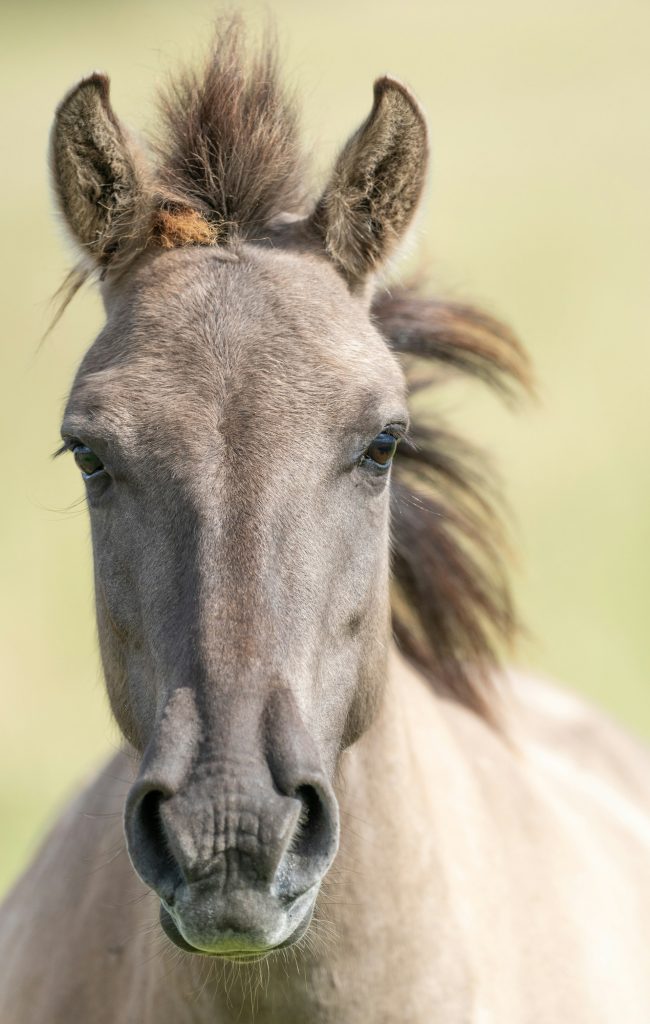
You might wonder, how did we get here? A simple answer might be that it all started when we forgot that we are part of a bigger whole, when we started to believe that humans are separate from and better than the rest of the living world. Fueled by progress in the sciences, this belief became hardwired in the minds of the western world. Indigenous peoples, on the other hand, did not forget their role and place in the bigger scheme of things, but their science got completely overruled and discredited by the western view of the world, which pretty much shapes everything we think, everything we do, and everything we are.
What is more, the western model is heavily influenced by Cartesian reductionism —the belief that if we understand the parts, we understand the whole. Most of what we have developed builds on this premise, our education system, our health care system, our food system, our economic system.
A growing multitude of crises, and our inadequate response to them, illustrate that continuing with this outdated reductionist paradigm, which might be good with parts but is certainly not with wholes, is not going to help us move forward. Nor is our belief in separateness and human exceptionalism. It is time we realize that the security of all systems is at stake when we keep behaving as though we are not a part of a bigger whole, as though we are not nature.
One way out of this conundrum is to develop and adhere to a science of living systems. I say ‘living’ systems, because in contrast to mechanical systems, living systems build themselves and our world. Without them, our planet would be uninhabitable and even deadly.
Recent discoveries in science show that life does not just live on Earth, life shapes Earth in every way, from minerals to mountains, from rain to rivers, from microsphere to atmosphere. It was Darwin himself who wrote in 1839 on the wonder of coral and how these tiny creatures build gigantic underwater structures: “We feel surprise when travelers tell us of the vast dimensions of the Pyramids and other great ruins, but how utterly insignificant are the greatest of these, when compared to these mountains of stone accumulated by the agency of various minute and tender animals!”
Understanding how life creates a livable Earth radically alters our view of the world. It means that the material (abiotic) world does not simply shape the conditions for the living (biotic) world. The living world also actively shapes the material world in ways that enhances the vibrancy and livability of our planet as a whole.
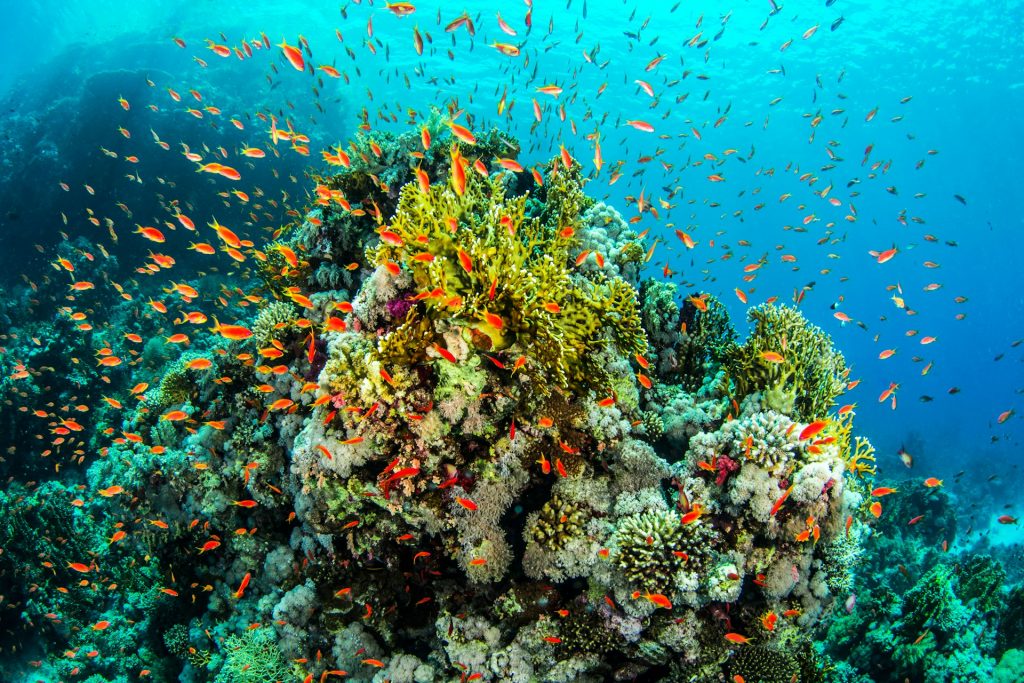
Put differently, Earth is not a planet that sustains life, Earth is a planet created and sustained by life. Our planet is habitable because the myriad living entities embedded in its lands and oceans continuously maintain and improve its vitality, viability, and evolutionary capability. What distinguishes the survivors from the fossils is a pattern that is as old as life itself: the species that prevail after millions of years of change, disruption, and upheaval are those that leave the planet better off than before.
They co-create a biosphere that supports life. They co-create a climate friendly for life. They are world-makers, not world-breakers. For instance, from scientific evidence we now know that plankton create clouds, that mushrooms make rain, that termites green the desert and that whales cool the climate.
What works perseveres and is improved upon. What does not work is eliminated. This evolutionary dynamic is as fundamental as gravity. Every living entity is a work-in-progress, on the way to change or extinction.
Leaving the planet better off than before is not optional. It is a rite of passage for any organism that manages to survive and thrive over the long term. In other words, the survival champions are the ones that vivify or enliven the world because they not only extract value (resources) from their surroundings, but they also invest in their local environments and in the planetary processes that keep their environments viable.
For instance, did you know that wolves give much more life than they take? Their activities leave the ecosystem richer, healthier and more resilient for the future. This is because wolves regulate and maintain healthy flows of organisms and nutrients in the landscape, which advances the health- and wealth-generating capacity of ecosystems in ways that human hunters can never achieve. It works like this: wolves need prey to survive and reproduce, so they invest in the maintenance of productive landscapes by balancing the flows of nutrients and organisms so life can flourish and proliferate. This is the only way to guarantee the success of the next generations. In other words, wolves invest in life-making. They regenerate degraded landscapes and increase biodiversity if we give them the freedom and space to do what they do.
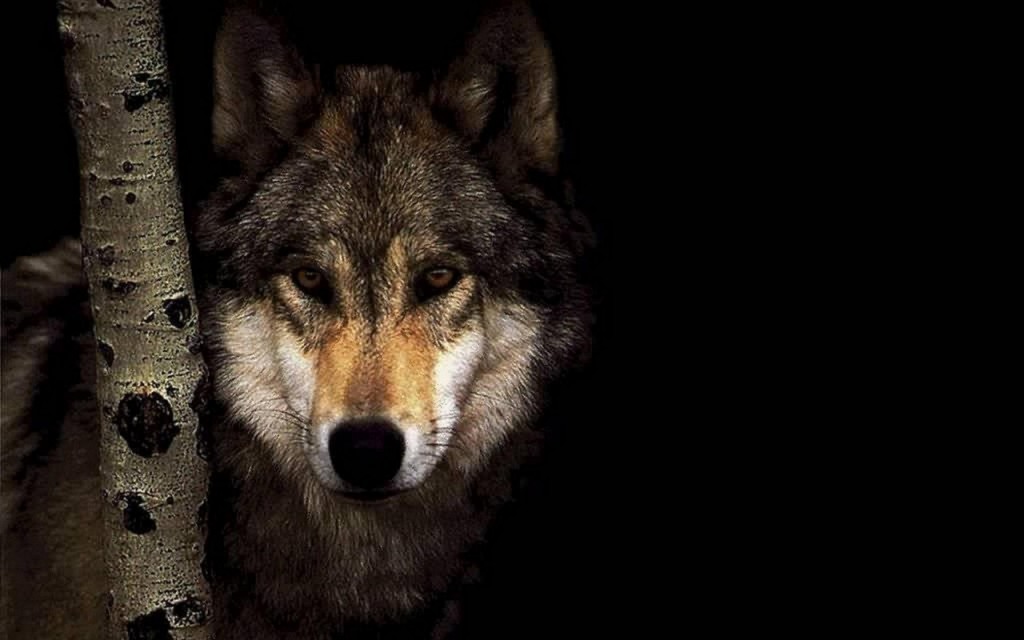
As ecological science continues to reveal, wolves are not the only ones. Fungi need water to live and reproduce, so they invest in rain-making. Termites need biomass for their survival, so they invest in greenery-making. Whales are marine mammals that need oxygen to breathe, so they invest in oxygen-making. Trees and fungi need healthy soils to grow and procreate, so they invest in soil-making. What is more, trees cannot run when conditions turn bad, so trees also invest in weather-making, ensuring that weather patterns continue to be life supporting. This pattern is fundamental to how life works.
Earth became increasingly friendly to life because of these life-supporting, wealth-generating and world-making abilities that shape planetary processes of revitalization, climate stabilization, and enlivenment. From this (re)discovered ecological understanding, it becomes clear that biodiversity is not just nice to have. Biodiversity is absolutely vital for life to continue to flourish on our planet.
When biodiversity collapses and symbiotic relationships get disrupted, so will our planetary processes of oxygen-making, weather-making, soil-making, rain-making, greenery-making, and life-making.
Here’s a smaller scale and more tangible example of what I’m trying to describe. Image your body from the inside out, picturing cells nested inside a tissue, this tissue nested inside one of your organs, this organ (your lungs or brain for example) nested inside your respiratory or nervous system, and this system nested inside your body. Then contemplate: what is it that makes my body work?
First, your body needs all its elements to be present, to be organized in different orders of complexity and to operate in right relationship. No part of a healthy body gains its health at the expense of other parts. There are no rich and poor cells or organs. Second, in a healthy body every part adds value to the bigger system it is nested in and gets nourishment in return. Understanding how your body works is essential to recognize that the health of your body is in the whole, not in the parts.
This understanding applies to any healthy living system: your body, your community, the place you inhabit, the organization or business you work in, the bioregion in which your city is nested and, even Earth itself. Just as your brain cannot function without your blood, microbiome, heart and lungs for instance, Earth cannot survive and thrive without its huge diversity in species, each essential and unique and contributing value to the coherence of the whole. The fact that a human body consists of more non-human cells than human cells is further evidence of the necessity of multispecies networking, even for our individual health.
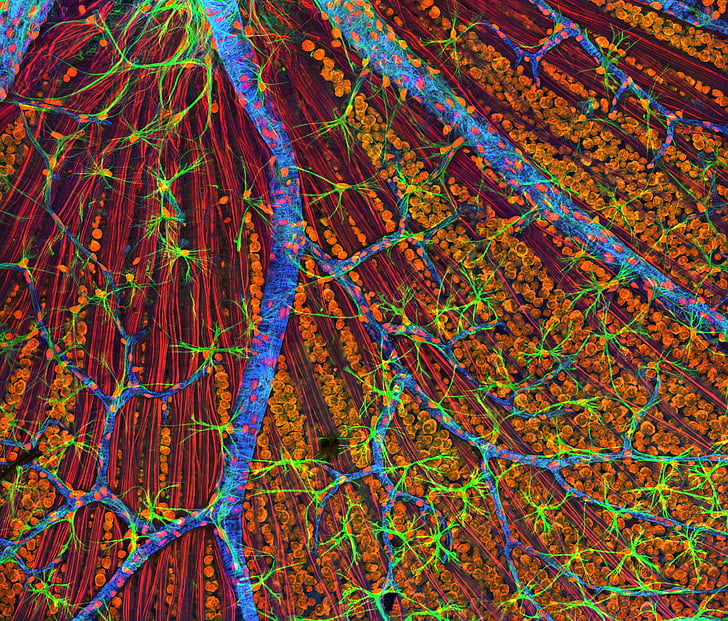
This is why biodiversity is biosecurity. This is why there exists no personal, regional, or national security without species richness. That is why acts of plundering the Earth of its richness and acts of ecocide and war undermine future security.
What the bigger body (Earth) in which we (humans) are nested is asking from us right now is to embrace and embody interdependency; to realize that we have a role* to play in the maintenance and evolution of the bigger wholes we are part of. After all, ancient roots of the word human refer to both Earth and soil, indicating that we are earthlings, we are from the land and from the soil—a teaching that Indigenous wisdom keepers have shared since time immemorial. In this moment of increasing turbulence and breakdown, remembering who we are and what our value-adding role is will be pivotal. Real change will only begin when we realize that we are the Earth regenerating herself.
*Please note that I am not advocating that humans themselves should work on weather-making, rain-making and life-making directly, for instance via technologies of geo- and bio-engineering. Our technologies are so immature that they always come with unintended and unexpected side effects. Rather, we should regain our place in the living systems that nourish us by creating the right enabling conditions for the rain-makers, weather-makers and life-makers to do their work. After all, Mother Nature has had 3.8 billion years of life experience in creating conditions that are beneficial to future life.
Acknowledgements
The content of this perspective piece builds on the understanding and wisdom of a whole lineage of wisdom keepers and wisdom creators with roots in Indigenous and western science. While mentioning them all is nearly impossible, I would like to mention a few who have had profound impact in helping me to learn to think anew (regenerate my thinking) and deepen my understanding of living systems. These are Pamela Mang, Ben Haggard, Carol Sanford, Elisabet Sahtouris, Paula Underwood Spencer, Robin Wall Kimmerer and Tyson Yunkaporta. Also, a heartfelt thank you to the community of regenerative practitioners and scientists for their unwavering support in transforming our outdated paradigms and in helping us to uncover how life on this unique planet works.


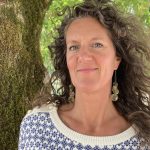
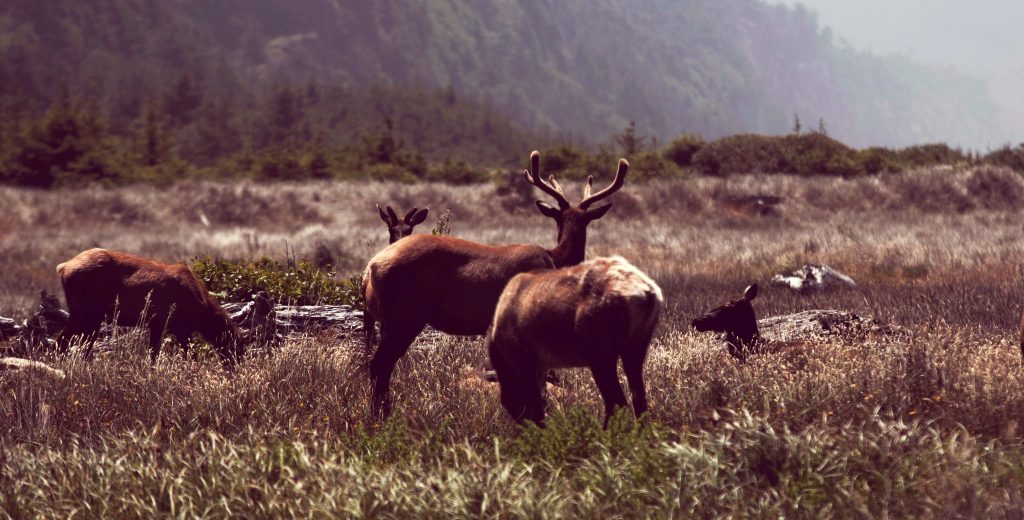
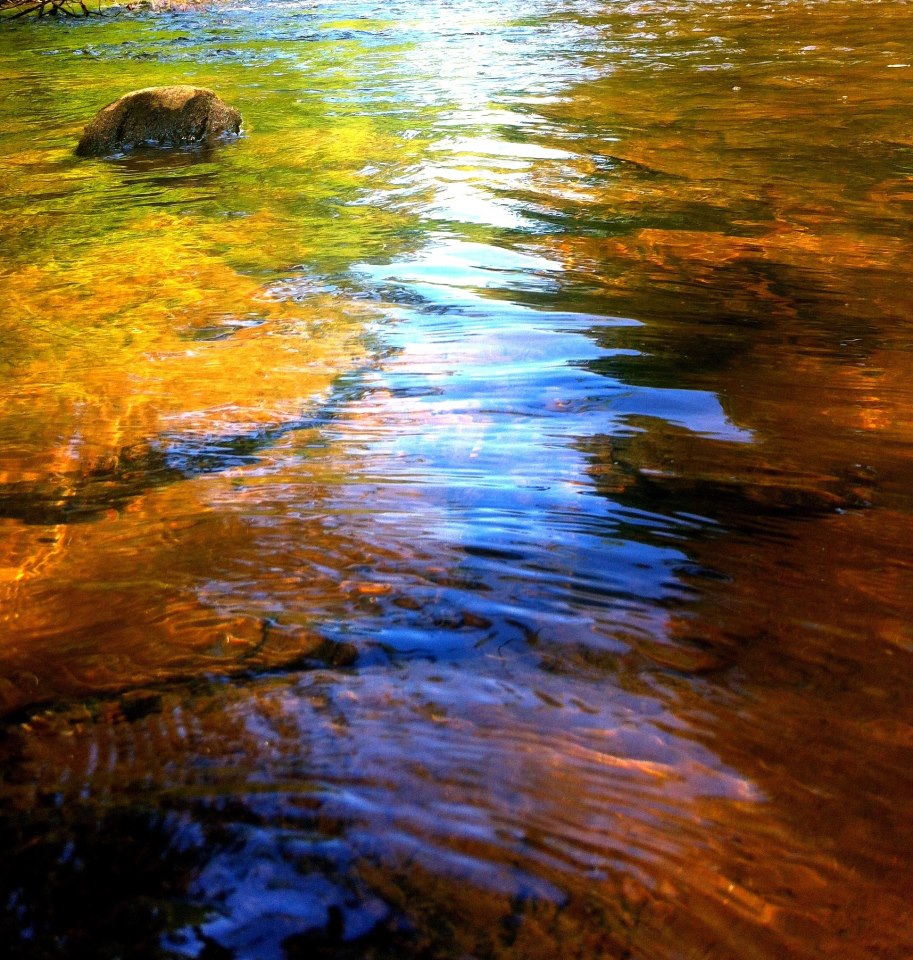
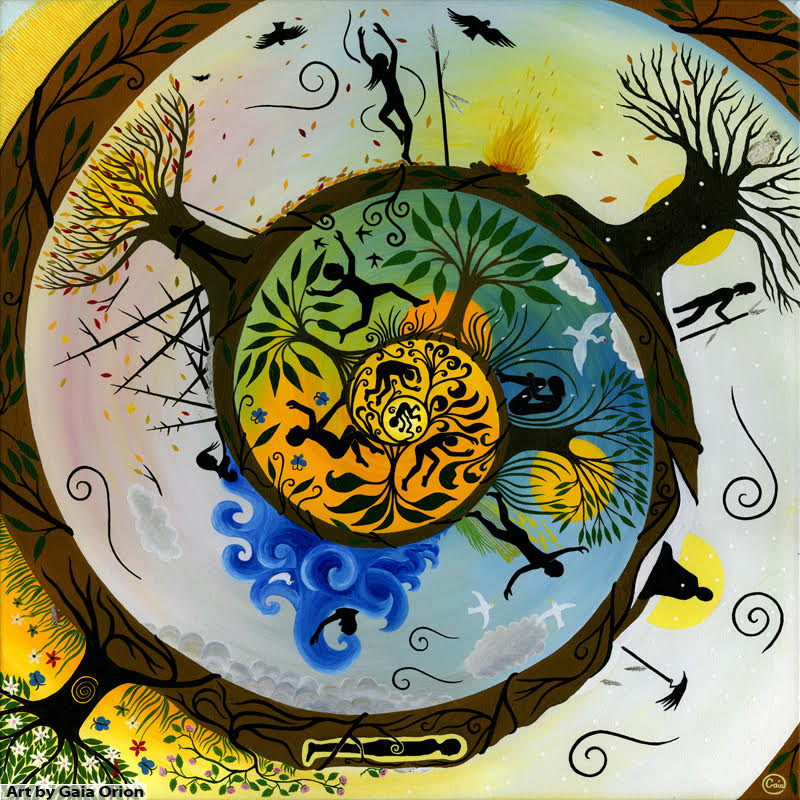
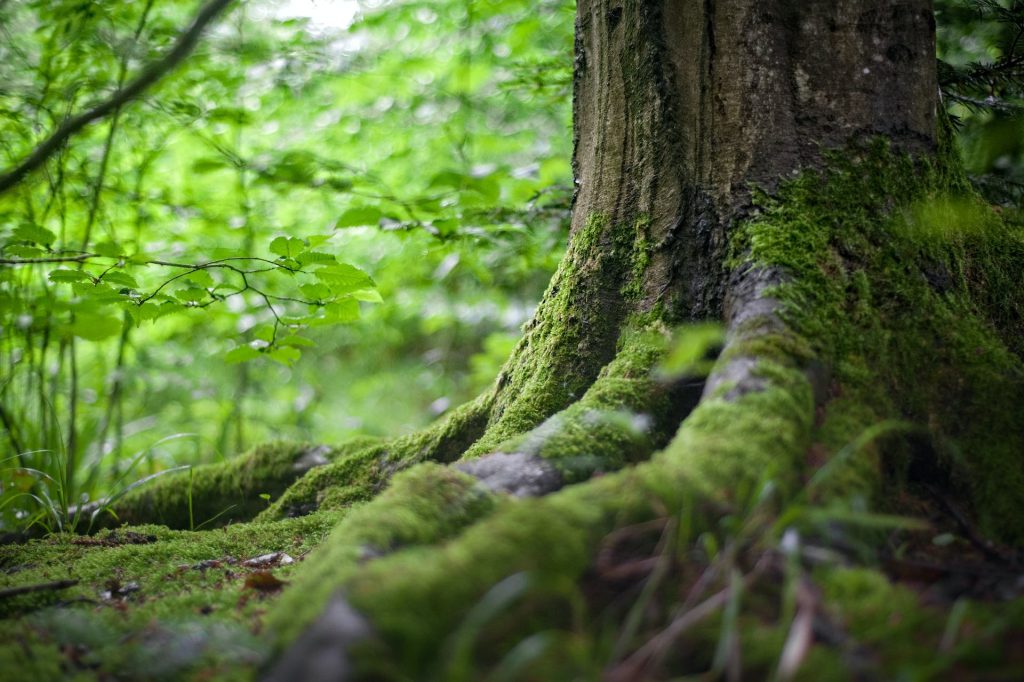
Dear Leen, because I because I don’t read long articles, I searched you on the internet and
found your presentation about Natural Intelligence. I could sit back, listen and
fully appreciate this eye-opener with valuable guidelines for a better
Economy of Life > on this living planet, and hopefully soon also for
the next generations of the earth-molded human-genus.
Thank you Leen and Kosmos-team.